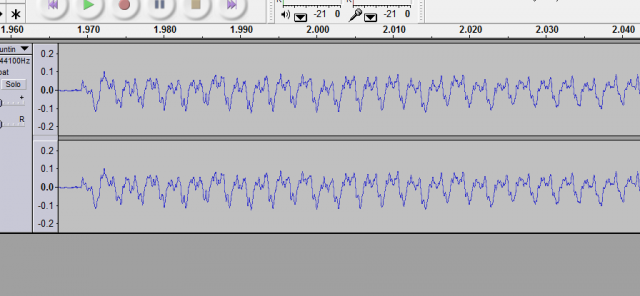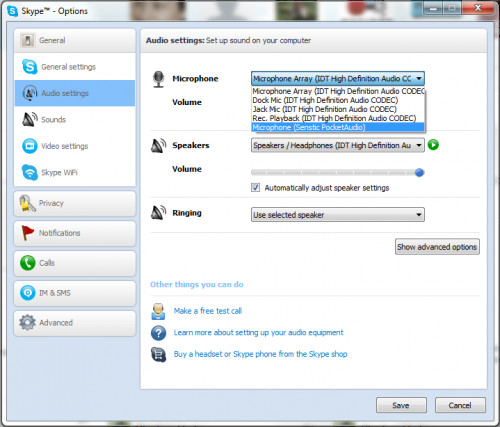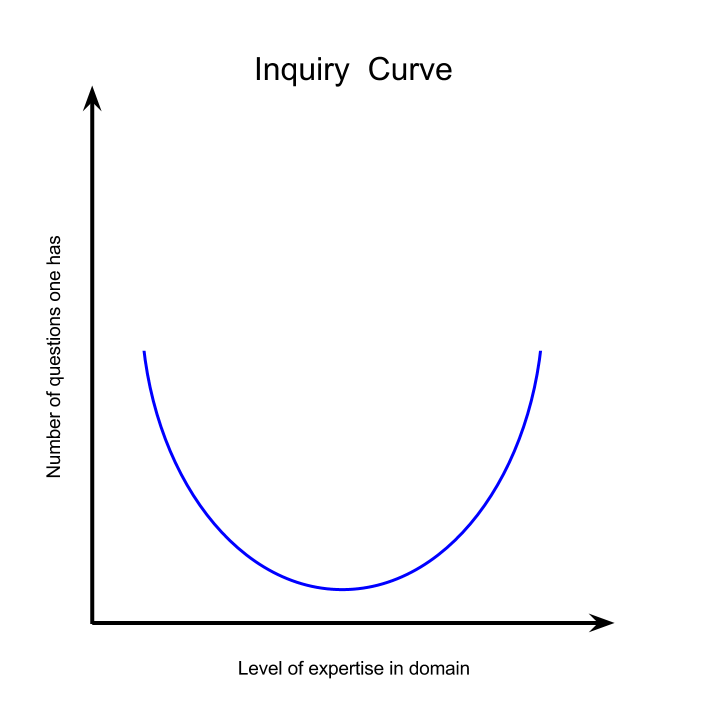The NCTM recently sent out survey asking their members how they feel about the timing of their major conference, normally held in April, asking them to consider alternate dates. I sent in my responses, and in the comment section proposed that another reason they may be seeing decline in their major conference (while seeing a simultaneous increase in their regional conferences) is that the money just isn’t in the US system anymore to support as many people attending an expensive conference in another city.
I had another proposal as well: what if the NCTM helped organize an online conference, much along the same lines as the very successful K-12 Online Conference.
I see the structure of the conference being much different than how a typical conference is structured. There could be pre-taped video presentations and keynotes as is typical but there could also be online workshops (in which participants are expected to actually participate and do something), sharing sessions, building sessions (wherein participants collaborate to build something for everyone’s classes), analysis of research sessions, mathematical problem solving sessions, and free-form discussions related to mathematics education (which would be excellent for that all so important opportunities for networking that conferences offer).
While the experience would not be the same, the cost would be so much less that many more people could potentially participate. With the NCTM as a supporting partner for such a conference, I suspect that many thousands of people would get involve. In fact, people from all over the world could attend the conference virtually!
Any thoughts?
Update: It occurred to me that a dedicated group could run this conference without the support of a major organization like the NCTM. Anyone interested in exploring this option with me?


